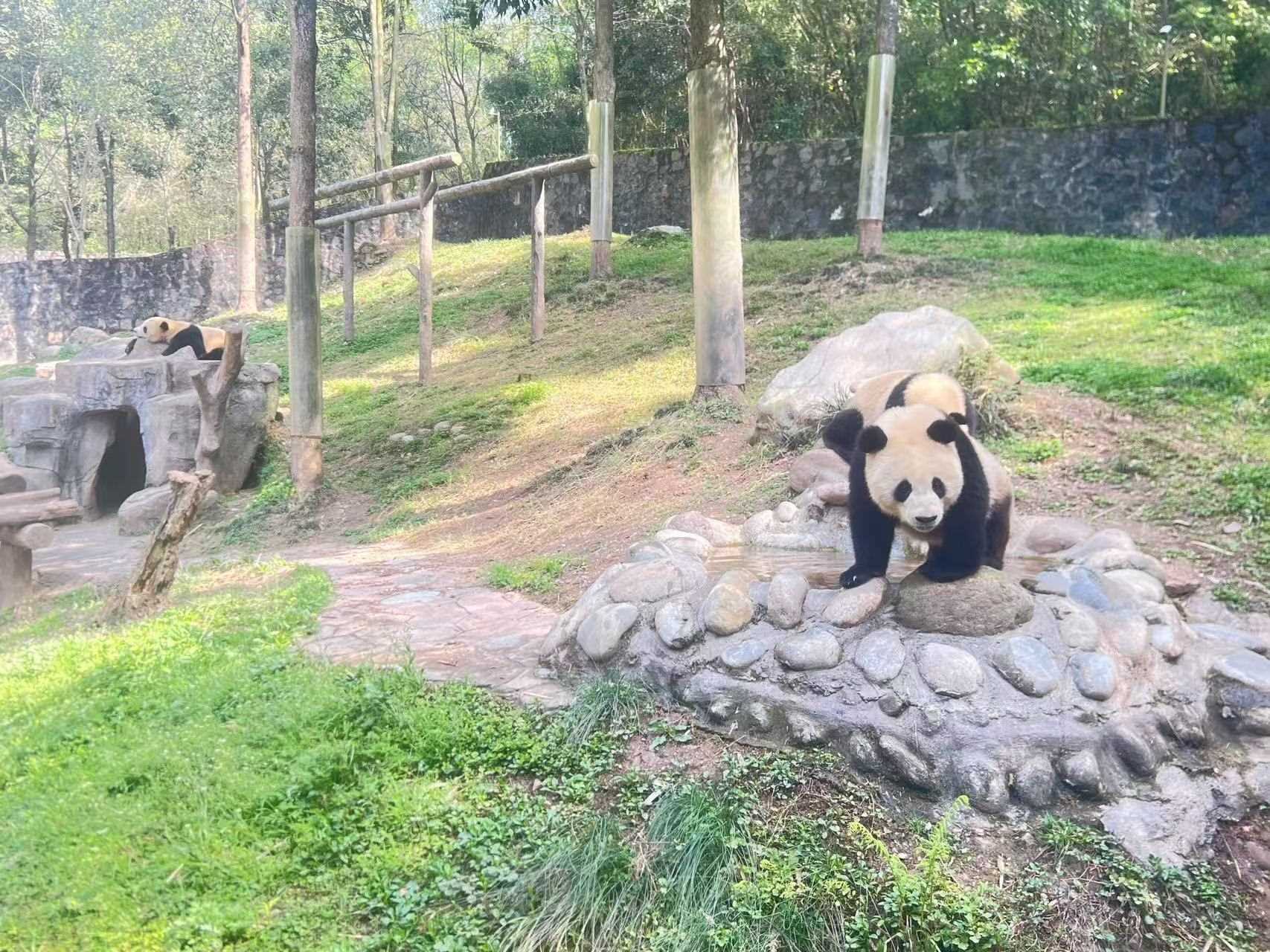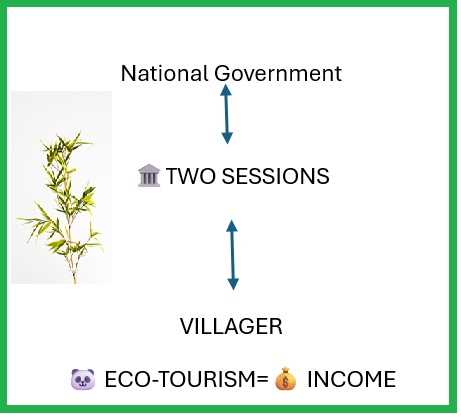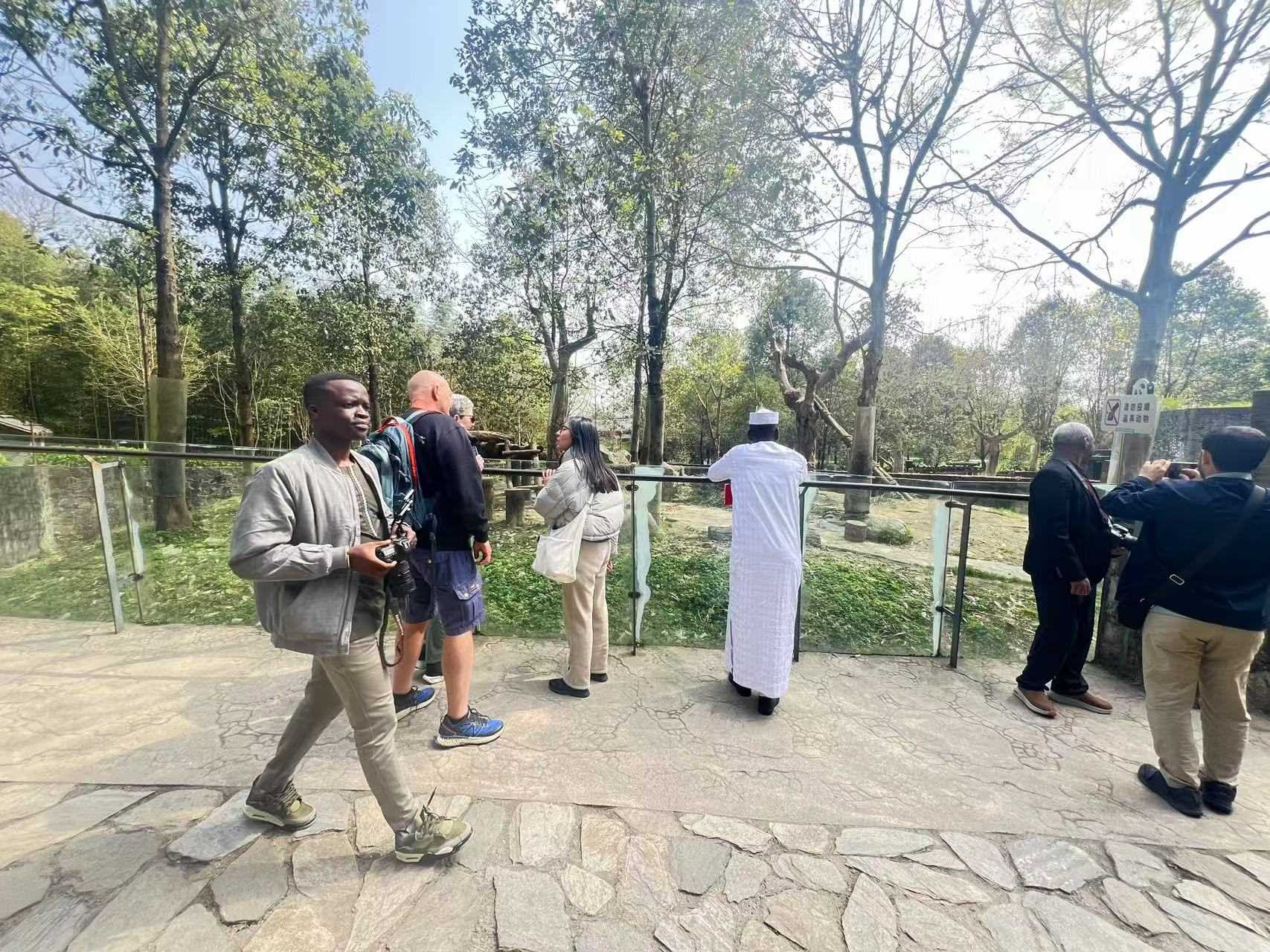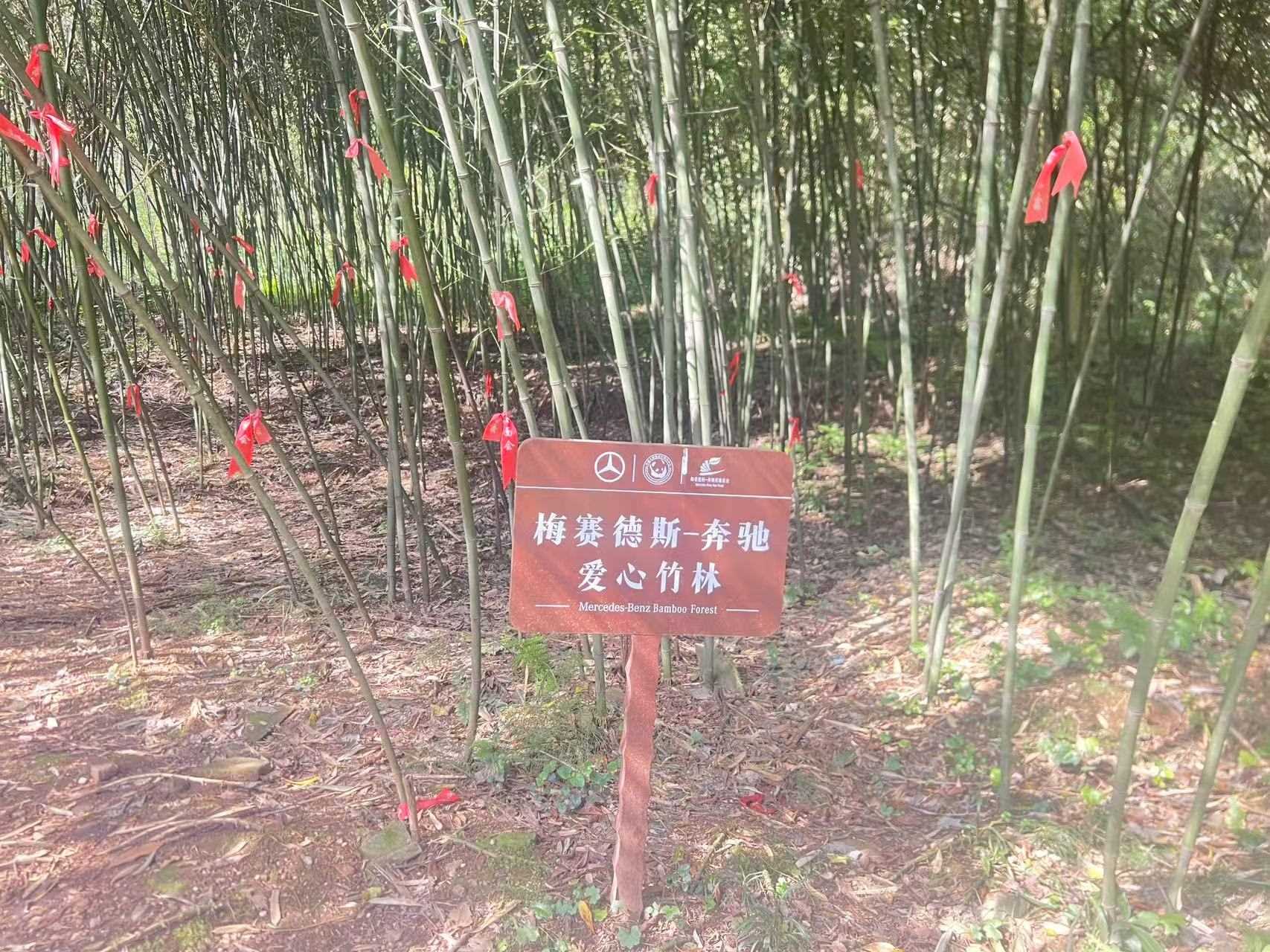
Monica Cheru- Managing Editor
Dujiangyan, Sichuan Province—The crowd leans in, smartphones aloft, as local celeb Pan Wang lies indolently in the background while her twin cubs amble to the water feature for a drink.
Every tumble and ear twitch sends ripples of delight through the visitors. Some are locals, including the school kids who have to be constantly reminded to keep it down, as the pandas are solitary creatures and easily stressed by noise.
Others have travelled for hours from different parts of China and the world, just for this moment.
In a nation where pandas double as cultural icons and diplomatic envoys, Pan Wang and her more famous cousin, Hua Hua are more than bears.
They are living emblems of national pride and the furry faces of China’s most unexpected economic success story: rural revitalization through conservation tourism.
What unfolds around Pan Wang’s enclosure is a microcosm of China’s broader ambition.
The China Conservation and Research Center for Giant Pandas Dujiangyan Base, where she resides, now draws over a million visitors annually.
This is huge considering that the centre has stiff competition from other panda tourist centres in Sichuan which include Dujiangyan Panda Valley, Wolong China Giant Panda Garden, Bifengxia Giant Panda Base and Sichuan Fengtongzhai National Nature Reserve.
The tourism boom is directly linked to the burgeoning Chinese middle class with disposable income and a hunger for eco-conscious experiences as well as foreign tourists.
Their spending—on entry tickets, locally run homestays, and souvenirs—fuels an economic ecosystem that is lifting entire villages out of poverty.

This is no accident. China’s national rural modernization strategy explicitly links conservation projects like this one to infrastructure development, e-commerce platforms for farmers, and high-value agricultural shifts.
A source at the center said that success has been built on strategies that recognize the rights of people alongside those of animals and the preservation of nature and so focus on sustainable solutions that work for all.
Where farmers once grew subsistence crops, the center provides them with seeds to cultivate medicinal herbs, which the wild animals have no interest in. The farmers are also connected to markets to ensure viability.
The result is a circular economy where tourism revenue funds conservation, conservation protects ecosystems, and those ecosystems generate new income streams—a stark contrast to Zimbabwe’s faltering CAMPFIRE program and the carbon credits project, where promised wildlife and nature dividends have mostly vanished into bureaucratic voids.
Related Stories
The genius of this model lies in its interlocking incentives. China’s growing middle class, raised on narratives of pandas as national treasures, flock to reserves like Sichuan’s for photos, memories, and ticks on the bucket list.
Their visits—often framed as eco-pilgrimages—are a patriotic act of "green consumption." The tourists are all small cogs in the huge national governance system that culminates in the annual Two Sessions, when China’s highest consultative bodies meet to set the agenda for the year.

On the other hand, as China opens to the world with visa-free policies and relaxed application processes for selected countries, global obsession with panda celebrities like Hua Hua (whose daily antics trend on Weibo) makes Sichuan a prime tourist target.
Combined, these factors ensure a self-replenishing wave of visitors.
Critically, this system rejects the Western conservation dictates for Zimbabwe and the rest of Africa—epitomized by figures like Prince William—that pit wildlife survival against human rights.
Where wildlife funds armed rangers to police African parks, China’s approach weaponizes soft power: the allure of pandas as cultural symbols mobilizes public and private investment alike.
The pandas, in turn, become beneficiaries of their own celebrity. Hua Hua’s and Pan Wang’s social media fame helps the centers attract commercial partners.

Mercedes-Benz is one of the corporations actively invested in the China Conservation and Research Center for Giant Pandas Dujiangyan Base, where it currently funds a specific bamboo forest.
In a recent meeting with foreign business leaders, the Chinese president emphasized that such corporate citizens play a crucial role in China’s development and aspirations and have a duty to keep the global economy stable in the backlash of the US-triggered tariff disruptions.
President Xi also assured foreign multinationals of a continued stable and welcoming business environment in China.
Such revenue as the sponsorship by Mercedes-Benz helps bankroll research into habitat corridors and AI-assisted breeding programs, among other innovations being conceptualized by the various panda centers.
The rescue center also shares information and innovations with other panda centers in China and those abroad in places like Tokyo, San Diego, and Washington as part of China’s "panda diplomacy."
For Zimbabwe, the lessons are profound. Conservation cannot thrive as an extractive industry, where foreign NGOs dictate terms while communities scrape by.
Who knows, maybe China's next crop of moguls will be bamboo billionaires rising from the rural revitalization and modernization thrust, an amazing cycle of people-oriented governance and detailed economic planning creating a world where a rural farmer profits more from selling honey to panda tourists than from illegal timber, or when a villager’s child aspires to be a wildlife biologist rather than a poacher.
As Pan Wang gnaws lazily on a bamboo shoot, oblivious to her role in this grand experiment, she embodies a truth too often ignored in global conservation debates: the most endangered thing in the world is not a species like the panda or the rhino, but the idea that humans and nature can prosper as one.




















Leave Comments